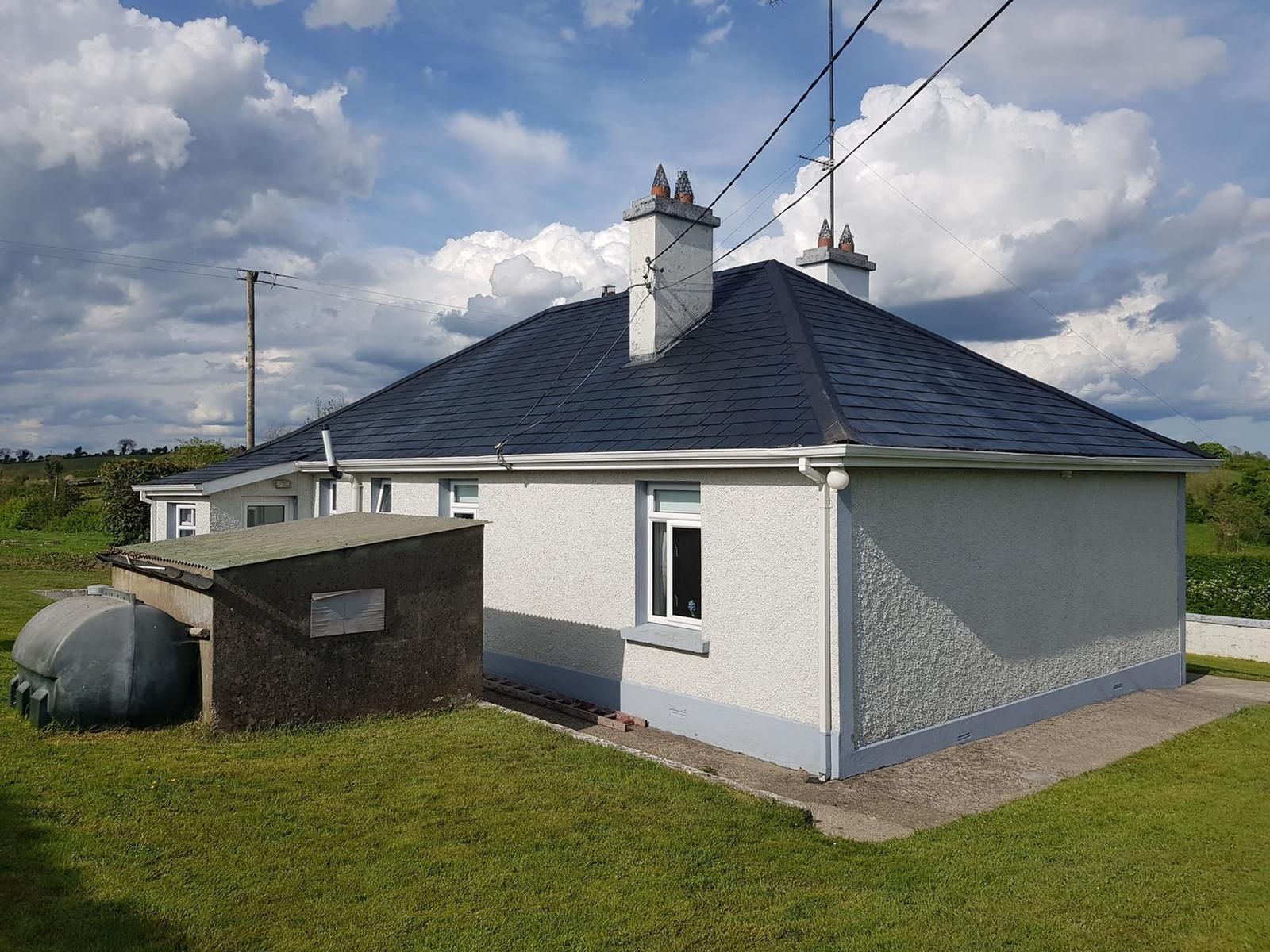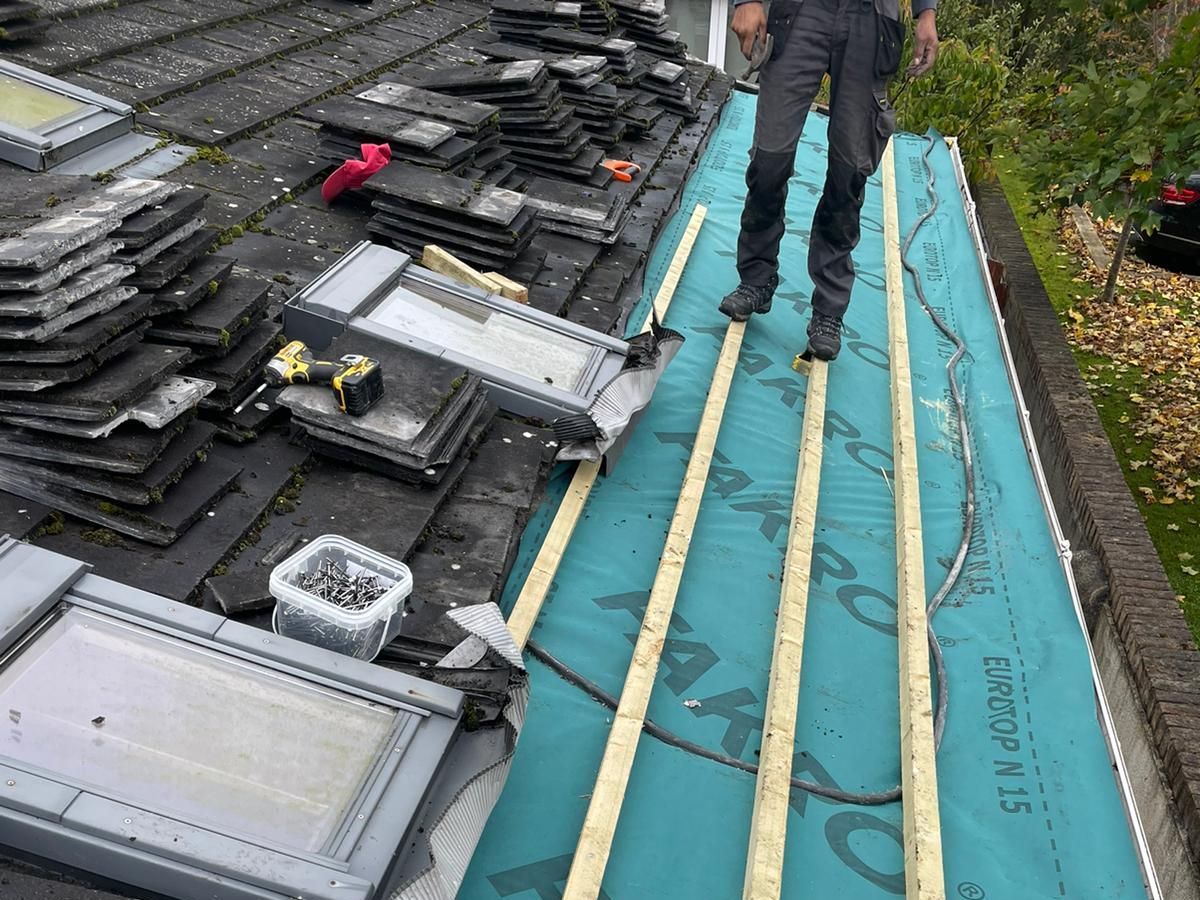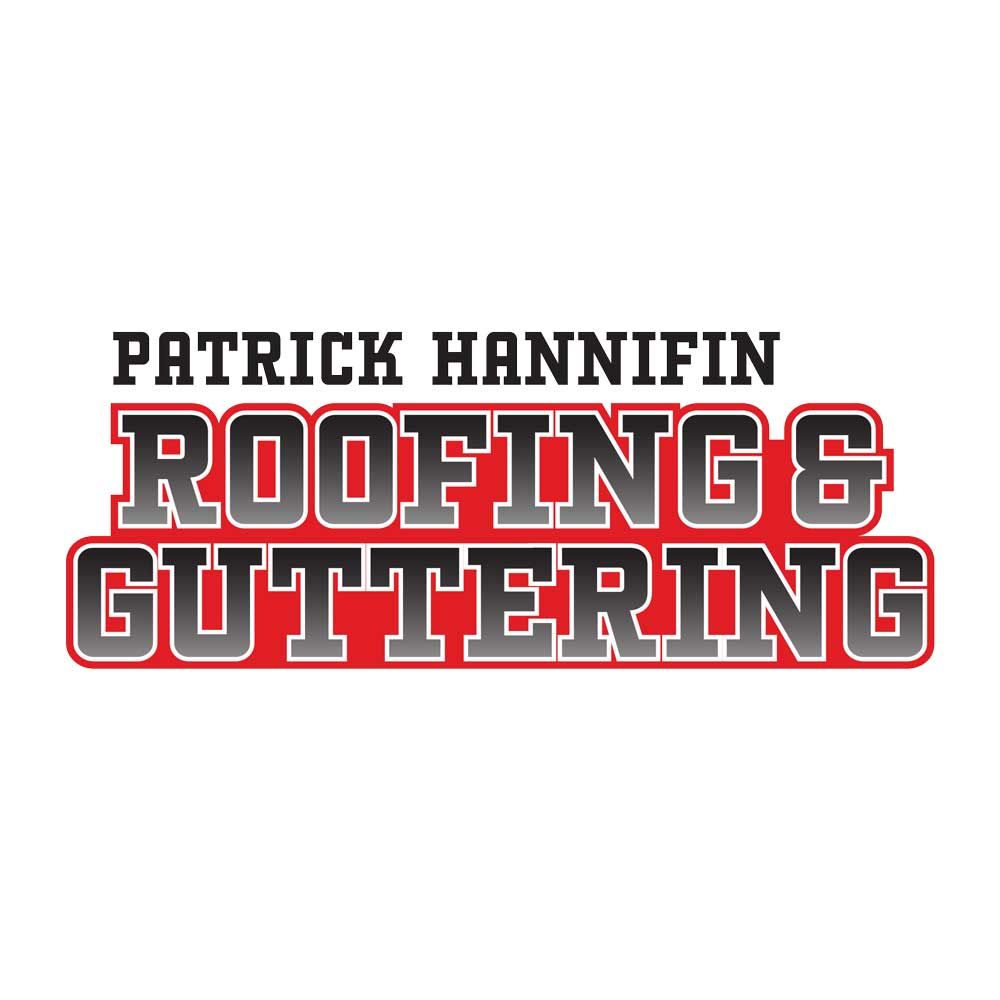The Ultimate Guide to Emergency Roof Repairs in Ireland

Roofing emergencies rarely happen at a convenient time. A sudden storm, falling tree branch, or years of unnoticed wear can result in immediate and serious damage to your roof. When water is pouring in or parts of the roof are missing, swift action is vital to prevent long-term structural issues, internal water damage, and costly repairs.
In this guide, we’ll walk you through everything you need to know about emergency roof repairs in Ireland—from what qualifies as a roofing emergency, to how to respond, and how to choose a reliable roofing contractor when time is of the essence.
What Counts as a Roofing Emergency?
Not every roofing issue requires urgent attention, but some problems simply can’t wait. These situations demand emergency roofing services:
Major leaks or water ingress.
If water is pouring into your home during heavy rain or pooling in the attic, the damage will escalate quickly. Left untreated, it can soak insulation, short electrical wiring, and cause mould or structural decay.
Storm damage or high winds.
Ireland’s frequent storms can rip off tiles, dislodge flashing, or damage the entire roof surface. In some cases, falling debris like branches or even powerlines can puncture the roof.
Collapsed sections of roofing.
Partial collapse is rare but possible with age-weakened structures or after extensive water damage. This is a major emergency that requires immediate attention.
Chimney or flashing failure.
If flashing around your chimney or skylight has lifted, it can allow significant water ingress. In high winds, loose chimney bricks or cowls can even become hazardous.
Fire damage or structural compromise.
Roofs affected by fire may look stable but could be severely weakened underneath. Emergency repairs can help secure the area while permanent work is planned.
First Steps in a Roofing Emergency.
If you notice serious damage, stay calm and follow these initial steps:
- Protect the interior: Use buckets, towels, or tarpaulin to limit interior water damage if safe to do so.
- Do not climb onto the roof: It may be unstable and dangerous. Leave all inspections to the professionals.
- Call a trusted emergency roofer: Choose a reputable local roofing contractor who offers rapid-response services.
- Document the damage: Take photos for insurance purposes if safe. This can speed up the claims process.
Choosing the Right Roofing Contractor in an Emergency.
Time is crucial in an emergency, but don’t rush into hiring just anyone. A few key tips:
- Look for established local roofers with emergency callout services.
- Make sure they are fully insured and certified.
- Check for online reviews or ask for references.
- Avoid anyone demanding cash upfront or offering “cheap quick fixes”.
At Patrick Hannifin Roofing, we provide fast, reliable emergency roof repairs across Ireland. Whether it’s storm damage, a sudden leak, or chimney failure, we act quickly to secure the site, minimise further damage, and carry out long-term repairs once the roof is stabilised.
What to Expect From an Emergency Roof Repair Visit.
When you call for emergency roofing services, our priority is to make your home safe and watertight. A typical visit involves:
- A fast response time—usually same-day depending on location and weather.
- A full assessment of the visible damage.
- Temporary repairs if needed—such as tarping exposed areas or sealing leaks.
- A follow-up plan for permanent repairs, which may be scheduled for better weather conditions or after structural inspection.
Preventing Future Roofing Emergencies.
While not all emergencies can be avoided, regular roof maintenance goes a long way. Many emergency roof repairs we attend could have been prevented with an annual inspection or timely minor repair.
Consider booking in a roof inspection service once or twice a year, especially after storms or before winter sets in. Addressing small issues early prevents larger, urgent ones later.
Insurance and Roofing Emergencies.
In many cases, home insurance policies will cover storm damage, fallen trees, and emergency roof repairs. However, policies often require that you act quickly to minimise the damage. Using a professional roofer with experience in providing insurance reports can make the process much smoother.
We’re happy to liaise directly with your insurance company to provide detailed quotes, damage assessments, and photo evidence where required.
What should I do while waiting for the emergency roofer to arrive?
Place buckets under leaks, turn off electricity in affected areas, and avoid entering the attic if there’s visible damage. Do not climb on the roof yourself.
Is emergency roof repair covered by insurance in Ireland?
Often yes, especially if caused by storms or external impact. Always check your policy and act fast to prevent further damage.
How quickly can a roofer get to me in an emergency?
Patrick Hannifin Roofing offers same-day response where possible, especially for severe leaks or storm-related issues.
Will the emergency roofer fix everything in one visit?
We always secure the roof and carry out temporary repairs first. Permanent repairs may be scheduled after a full assessment, depending on the severity and weather conditions.




